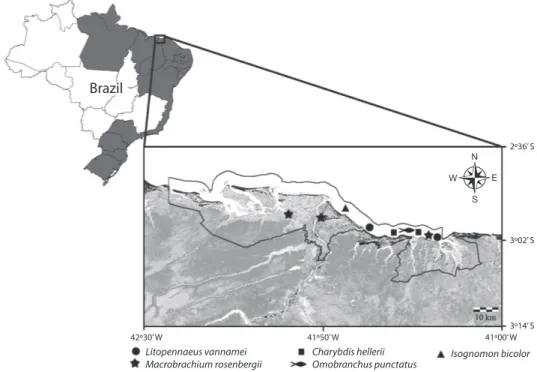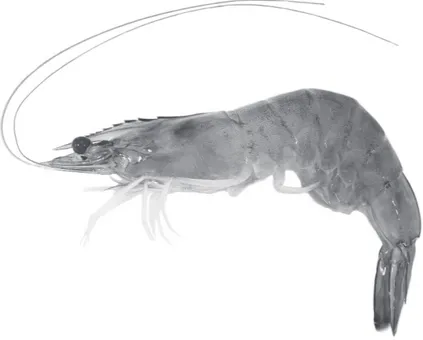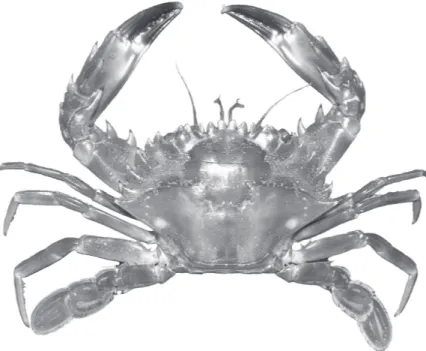The invasion of five alien species in the Delta do Parnaíba Environmental Protection Area, Northeastern Brazil
Texto completo
Figure




Documento similar
In the previous sections we have shown how astronomical alignments and solar hierophanies – with a common interest in the solstices − were substantiated in the
Cluster analysis Factor analysis Heckit model (Probit) Heckit model (OLS) Ln (Number of introduced species known) Cluster analysis. Factor analysis EXOTIC_KNOWN Ordinal Square
These variables were: average altitude (Alt), number of observations (No), relative presence per number of species detected by biogeographic area (Pb), relative
In the “big picture” perspective of the recent years that we have described in Brazil, Spain, Portugal and Puerto Rico there are some similarities and important differences,
Five of the cases were in the mandible and one in the maxilla (case 3; Fig. 1B,D, E) were in the body of the mandible, and two were in the posterior mandible in area of the right
monocytogenes in two fish products and describe inter-species competition was based on (i) the determination of the kinetic parameters of the two microbial pop- ulations
scleroxylon, one of the most valuable and fragile timber species from the Chiquitano forest in Santa Cruz de la Sierra, Bolivia, (ii) to quantify the changes in
One example of the importance of the resources offered by an environment is reflected in the study of abundance and species richness carried out in New York City